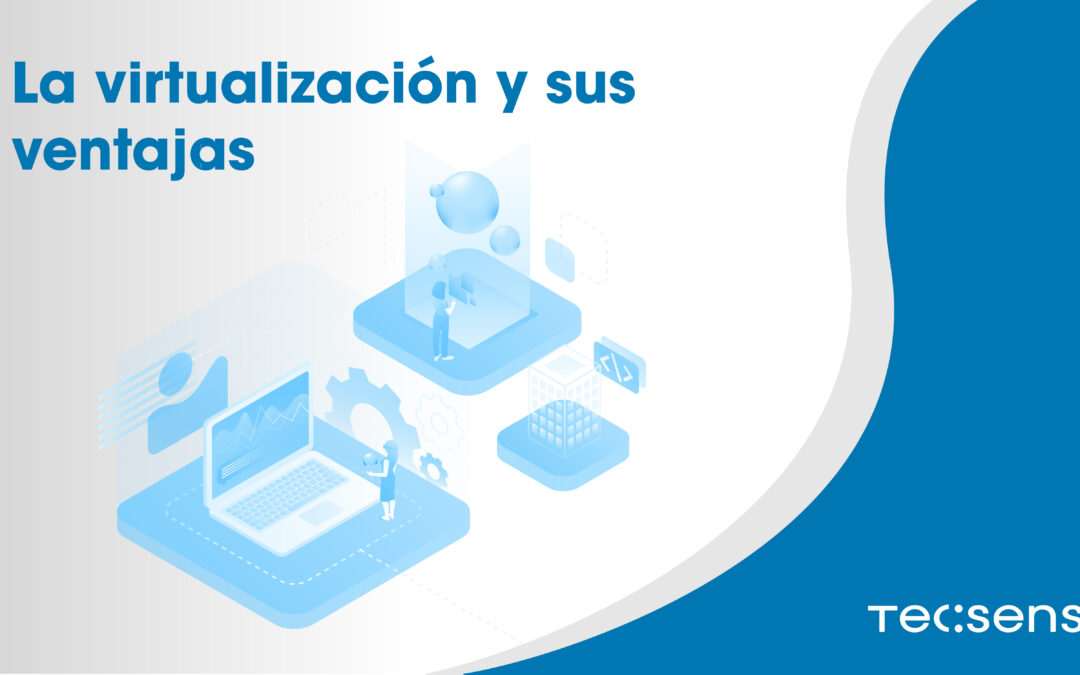Server virtualization is a technology that has revolutionized the world of computing and infrastructure management. This technology has enabled organizations to maximize the efficiency and utilization of their physical servers. In this article, we will explore what server virtualization is and what its main advantages are.
What is virtualization? What does it consist of?
Server virtualization is a technique that allows you to divide a physical server into multiple virtual machines (VMs), each with its own operating system, applications, and dedicated resources. These VMs operate independently, as if they were separate physical servers, although they actually share the resources of the underlying server. This is possible thanks to specialized software known as hypervisor or virtual machine monitor.
In the past, each physical server was dedicated to a single application or function, resulting in underutilization of resources and more complex and costly management. Server virtualization changed this paradigm by allowing multiple operating systems and applications to run on a single physical machine.
Benefits of virtualization
Consolidation
By combining multiple servers on a single piece of hardware, the need for physical space, power, and cooling is reduced, resulting in significant operational cost savings. In addition, consolidation also simplifies server administration because all virtual systems can be managed from a single, centralized interface.
Flexibility and scalability
By using virtual machines, you can adjust the resources allocated to each server dynamically, according to the needs of each application. This enables a more efficient distribution of processing power, memory and storage, resulting in better performance and responsiveness of systems.
Security and disaster recovery
By backing up and migrating virtual machines, you can ensure the availability of data and applications in the event of failures or outages. In addition, virtualization allows each virtual system to be more efficiently isolated and protected, reducing the risk of contamination or infrastructure compromise.
Facilitates deployment of test and development environments
By using virtual machines, you can quickly create new isolated environments to test applications or perform upgrades without impacting your production infrastructure. This streamlines the development cycle and improves the quality of deployments by minimizing associated risks.
Finally, server virtualization is a Fundamental technology in the adoption of the cloud. Virtualization provides the foundation for building infrastructure-as-a-service (IaaS) and platform-as-a-service (PaaS) that enable organizations to leverage the benefits of the cloud, such as scalability, elasticity, and cost efficiency.




